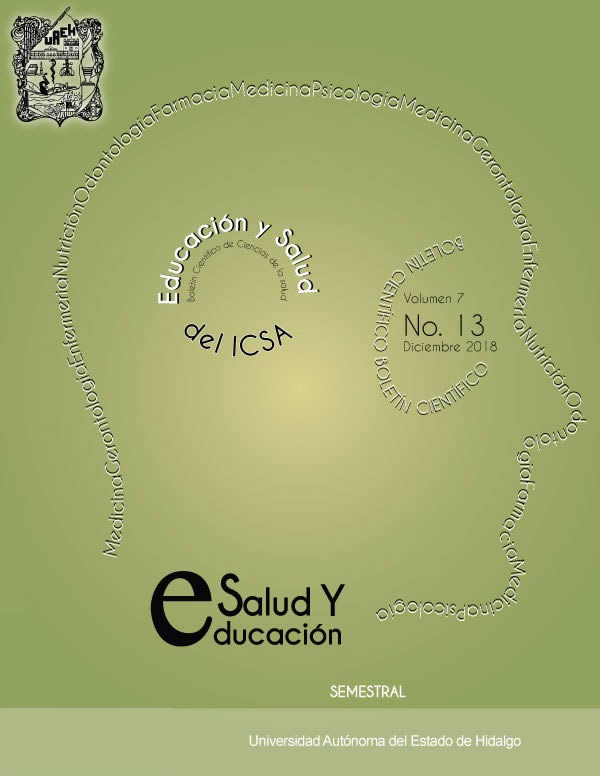Metformin and its Use in Diabetic Patients
Abstract
The levels of blood glucose is the decisive part in detecting diabetes. The presence of high levels of blood glucose is indicative of a patient have problems in the production of insulin. Considering the clinical presentation of each patient report that lack of exercise, poor nutrition coupled with poor eating habits are causal in the presence of this disease, detected in adults. Knowing that the disease is present in one third of the world population is important to know how and systems to control this disease in our country, specifically in the state of Hidalgo (adult patients aged 40-65 years) and type treatment with the drug metformin, since it has been reported that this drug has many advantages, but you must specify their use in determining adverse reactions considering dose adjustment based on clinical biochemistry each patient reporting clinical chemistry and CBC including clinical picture.
Downloads
References
Reyes TC, Rosón MI, Albornoz LE, Damiano PF, Linares LM, Cardinal DP. Vascular reactivity in diabetic rats: effect of melatonin. J Pineal Research. 2002; 33: 81-86.
Vargas IA, González PAA, Aguilar PMI, Moreno CC. Estudio comparativo del impacto de una estrategia educativa sobre el nivel de conocimiento y la calidad de vida en pacientes con diabetes mellitus tipo 2. Rev Fac Med, 2010; 53(2): 60-68.
GPC Guía Práctica Clínica. Tratamiento de la DIABETES MELLITUS TIPO 2 en el primer nivel de Atención. Evidencias y Recomendaciones. Catálogo Maestro de Guías de Práctica Clínica: IMSS-718-14. Tratamiento de la Diabetes Mellitus tipo 2 en el primer nivel. 2010. (Citado agosto 2018) http://www.cenetec.salud.gob.mx/descargas/gpc/CatalogoMaestro/718_GPC_Tratamiento_de_diabetes_mellitus_tipo_2_/718GER.pdf Atención
Kendall DM, Cuddihy RM, Bergenstal RM. Clinical Application Incretin-Based therapy: Therapeutic potential patient Selection and Clinical Use. AM J Med 2009, 122(6 Supp): S37-S50.
Vasco (OSTEBA). Evaluación de la Implementación de Guías clínicas en el país vasco. Ensayo aleatorizado por grupos. Vitoria gasteiz. 2012. (Citado agosto 2018). https://www.osakidetza.euskadi.eus/contenidos/informacion/2013_osteba_publicacion/es_def/adjuntos/Implementacion%20guias_WEB.PDF
Molina TEM, Gutiérrez SLI, Téllez LAM, López OM. Chapter 15: Disease and Therapy: A roll for oxidants. Oxidative Stress and Chronic degenerative diseases. INTECH, 2013, 357-389. (Citado Agosto 2018) https://doi.org/10.5772/51994.
OMS, Organización Mundial de la Salud. Diabetes. Datos y Cifras. 2014. (Citado agosto 2018) http://www.who.int/es/news-room/fact-sheets/detail/diabetes
Gómez-Huelgas R, Martínez-Castelao A, Artola A, Górriz JL, Menéndez E, en nombre del Grupo de Tabajo para el Documento de Consenso sobre el tratamiento de la diabetes tipo 2 en el paciente con enfermedad renal crónica. Documento de Consenso sobre el tratamiento de la diabetes tipo 2 en el paciente con enfermedad renal crónica. Nefrología 2014; 34(1):34-45.










